A Visual Guide to Vein and Artery Problems

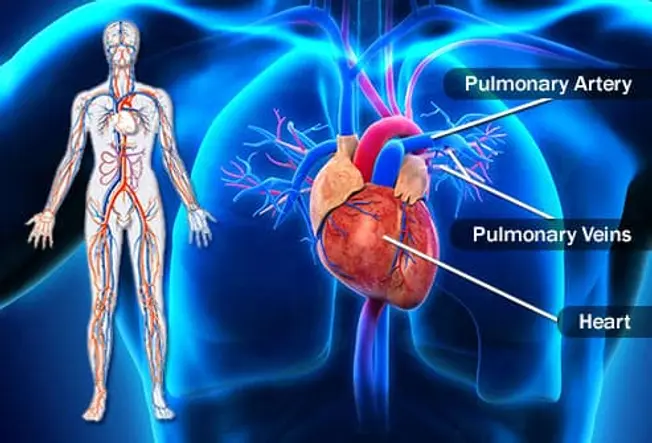
When Your Blood Flows Just Right
Your arteries and veins have a big job to do. They're part of a transportation system that moves blood around. Arteries carry blood loaded with oxygen from your heart to the rest of your body. Veins deliver the blood, now without much of the oxygen, back to your heart. From there, the pulmonary artery sends it to your lungs to restock it with oxygen. Your pulmonary vein brings blood back to your heart, and the process starts again.
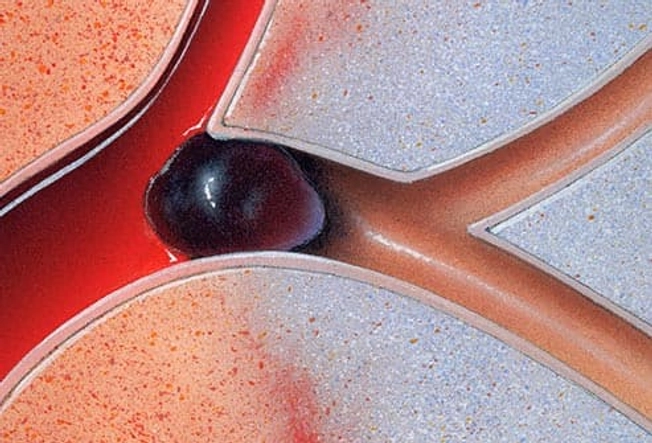
What Could Go Wrong?
Sometimes your arteries or veins get narrowed or blocked, and blood can't go through them as easily. Any slowdown in blood flow keeps your organs from getting the oxygen and nutrients they need to do their job. If blood moves too slowly through the vessels, it can pool and form clots.
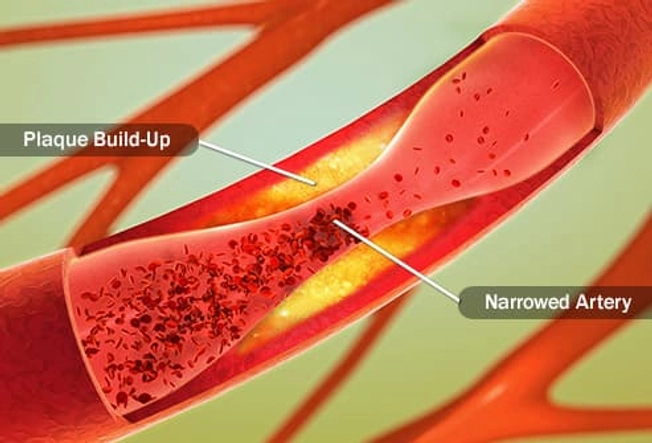
Coronary Artery Disease
You have this condition when sticky fat called plaque builds up in the walls of your coronary arteries -- vessels that supply your heart with blood. Plaque narrows the arteries, slowing blood flow to the heart. When a piece of plaque breaks off and lodges in an artery, it can block blood flow completely and cause a heart attack.
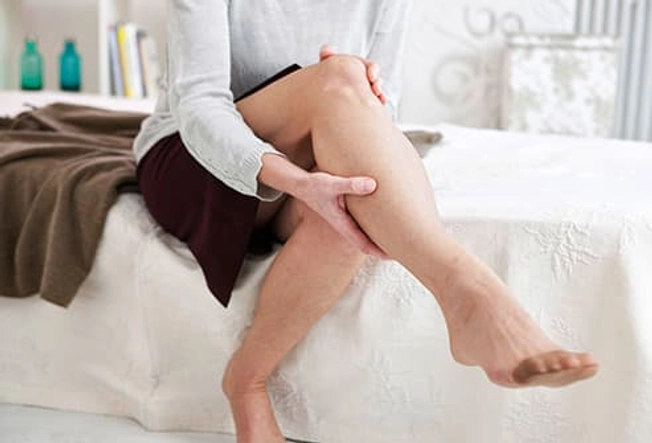
Peripheral Artery Disease (PAD)
Peripheral arteries send blood to your arms and legs. In PAD, plaque builds up in artery walls. Just like in coronary artery disease, plaque narrows the arteries and leaves less room for blood to flow through. If your legs don't get enough oxygen and nutrients, they'll feel sore or tired when you walk or climb stairs. Having PAD raises your chance of getting a heart attack or stroke.
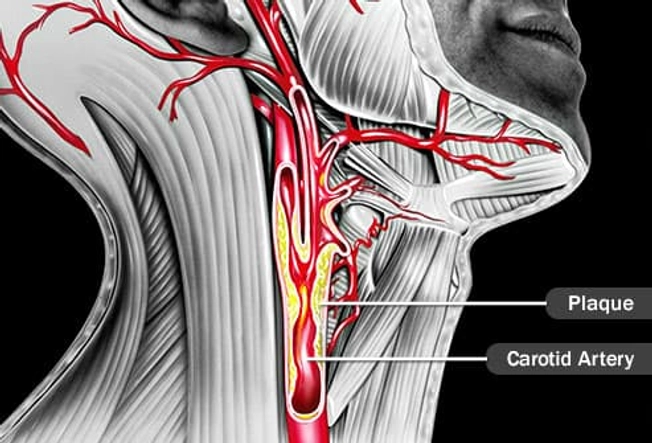
Carotid Artery Disease
The carotid arteries run along either side of your neck. They supply blood to your brain, face, and neck. If you have carotid artery disease, plaque builds up and narrows these arteries, so less blood gets through. A piece of plaque can break off and form a clot. If it gets stuck in a blood vessel to your brain and blocks blood flow, it can cause a stroke.
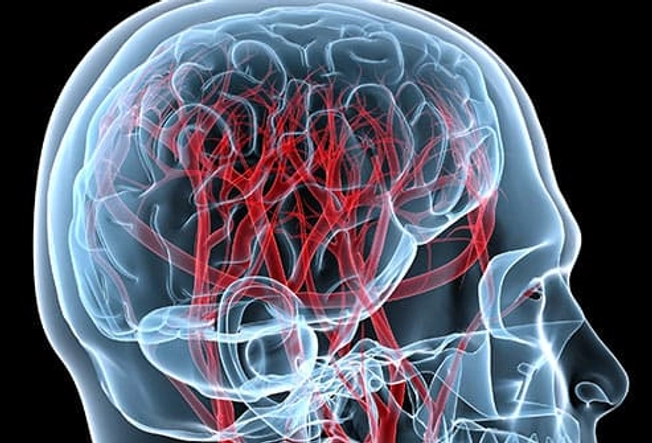
Cerebrovascular Diseases
Your brain needs a constant supply of oxygen-rich blood to work. Without it, brain cells die. Cerebrovascular diseases limit your brain's blood supply. They include stroke, narrowed blood vessels, aneurysms (weakened arteries), and abnormal clusters of blood vessels called vascular malformations.
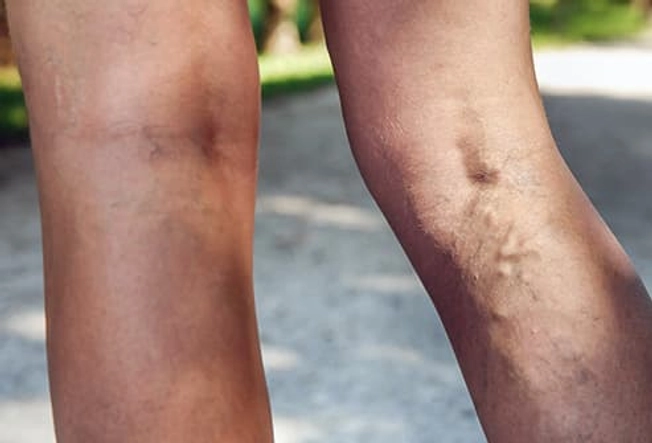
Varicose Veins
If you see thick, twisted, blue or flesh-colored veins in your legs, you may have varicose veins. Valves inside veins keep blood flowing toward your heart and prevent it from going backward. When your veins are weak, the valves can get damaged and allow blood to back up. As it collects, your vein swells up and twists to squeeze itself into the same small space. See your doctor if it hurts or you're unhappy about the way you look.
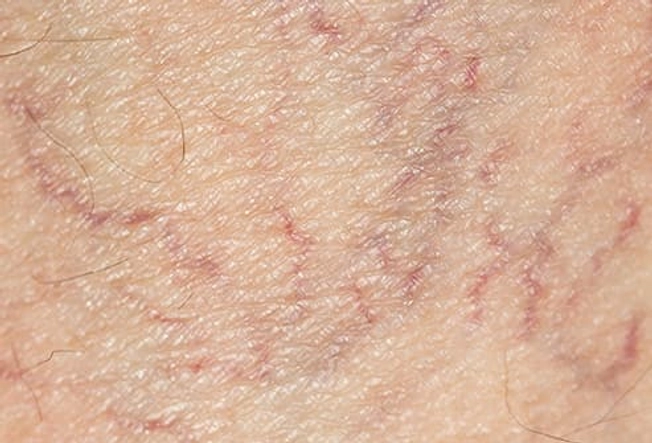
Spider Veins
They're like varicose veins, but thinner. They get their name from their spider web-like pattern. You get them when blood backs up in a damaged vein. They can form on your legs or face, and are usually red or blue. You're more likely to get spider veins after an injury or a lot of time in the sun. Hormone changes during menopause or pregnancy can also cause them to form.
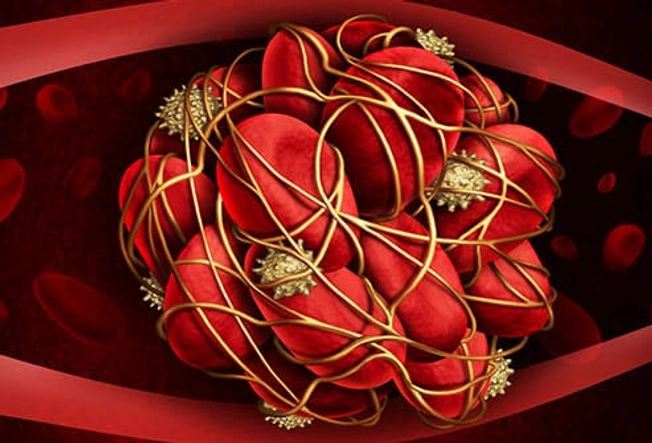
Blood Clots
When you get a cut, blood cells called platelets plug the hole in the damaged blood vessel with a clot that stops the bleeding. But sometimes, plaque can damage the inside of your blood vessels and cause a clot to form. This kind can be harmful. It can slow blood flow through your arteries and veins. And if one forms in your heart or brain, you might get a heart attack or stroke.
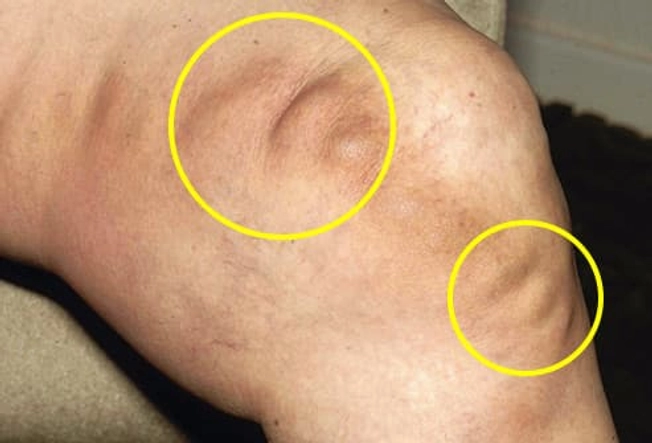
Thrombophlebitis
This condition happens when swelling and irritation cause a clot to form in one of your veins. You can get a clot after an injury, surgery, or if you've been on bed rest for a long time. It can form in veins close to the surface of your skin or deeper underneath it. Medicine called blood thinners can stop the clot from getting bigger and blocking your blood flow.
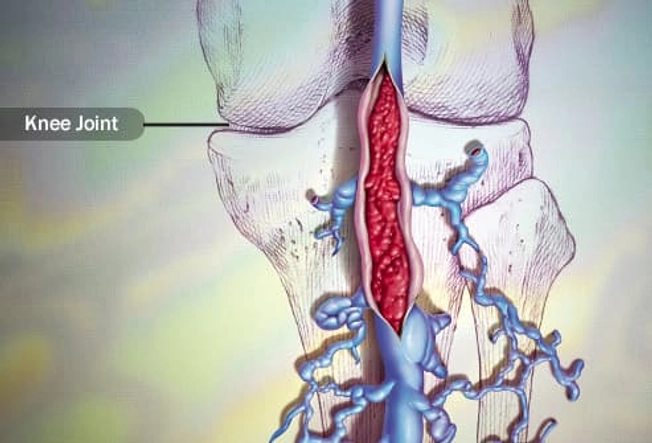
Deep Vein Thrombosis (DVT)
It's a blood clot that forms in a deep vein, usually in your leg. You can get a DVT if you've been on bedrest after illness or surgery, or you sit for a long time in a plane or car. Lying or sitting for many hours slows your blood flow. Pooled blood can clump together and form clots. The risk with DVT is that a clot could break free and travel to your lungs.
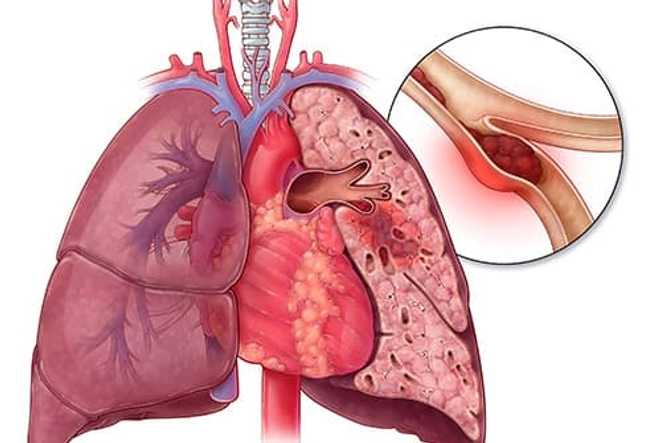
Pulmonary Embolism (PE)
A blood clot in your legs can break off and travel all the way up to your lungs. When that happens, it's called a pulmonary embolism. The clot can block the flow of blood in your lungs. Without blood, they can't work as well as they should. They won't be able to release enough oxygen to supply the rest of your body. PE can cause chest pain and shortness of breath. It could be life-threatening if you don't get treated right away.
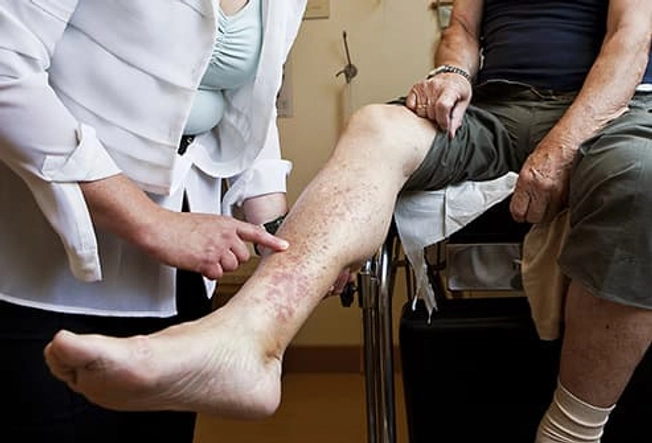
Chronic Venous Insufficiency (CVI)
Leg veins carry blood up to your heart. Valves in these veins shut to keep the blood flowing upward. When you have CVI, the valves don't close all the way. Blood stops flowing up and instead pools in your veins. You can get CVI if a blood clot damages valves in your legs. Getting older or sitting for long periods of time can also weaken your leg veins and valves.
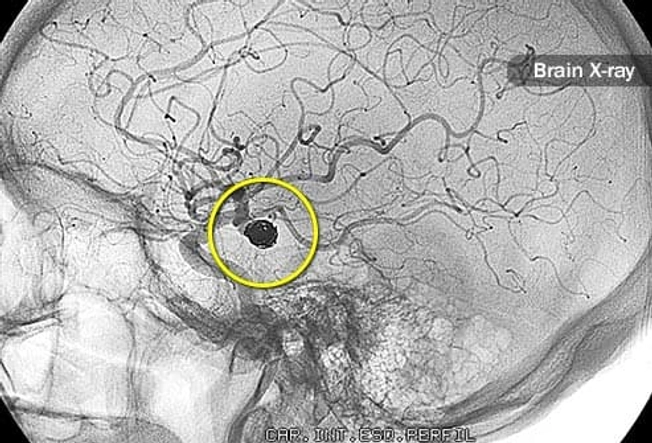
Aneurysm
It happens when an artery wall weakens and bulges out like a balloon. Aneurysms can form in many different blood vessels, including ones in your brain, chest, and belly. If the artery stretches too much, it can burst. That can lead to dangerous bleeding inside your body. An injury or artery disease can cause an aneurysm.
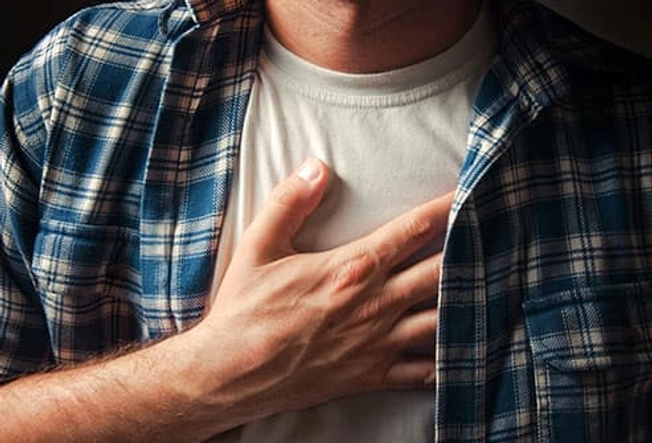
When to Call Your Doctor
Get medical help right away if you notice any of these things:
- Sudden shortness of breath
- Chest pain
- Dizziness, fainting
- Fast heartbeat
- Sudden, severe headache
- Nausea, vomiting
- Sudden blurred or double vision
- Sudden pain above or behind your eye
- Trouble seeing in one or both eyes
- Sudden weakness or numbness in your face or body
- Trouble talking or understanding others
- Seizure
- Confusion

Protect Your Veins and Arteries
To avoid blood clots and other blood vessel problems, take care of your veins and arteries. Eat foods that are low in saturated fat. Exercise most days of the week. If you smoke, quit, because it can damage arteries. To prevent blood clots, avoid sitting for a long time. If you're on a long flight or car trip, get up and walk now and then to keep your blood moving.